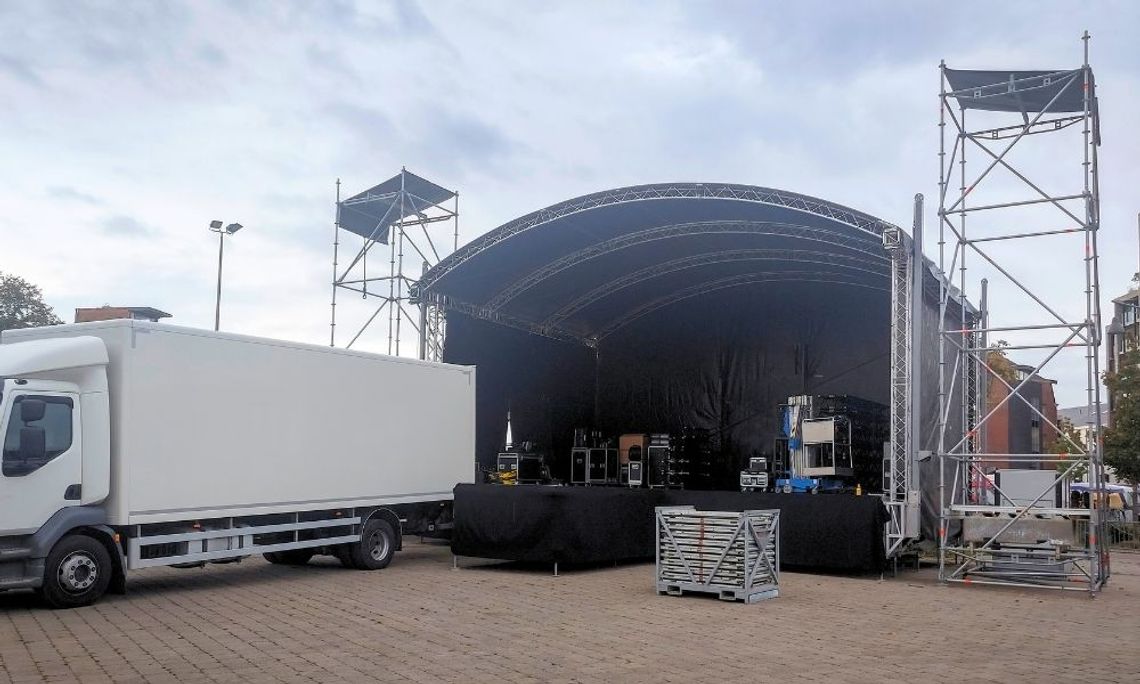When you're preparing for an opening night, few things are as important as your stage design. This is the first impression your audience has of your production, and it can make or break their experience. That's why it's crucial to get it right. Let’s look at several must-know stage design mistakes to avoid and how you can sidestep them.
Overlooking the Little Details
Little details make a big difference when you’re trying to bring your vision to life on stage. A designer must be in the production as early as possible to ensure they have enough time to work with the creative team to develop a nice look for the show. Plus, these experts need enough time to execute their plans perfectly. The more time designers have, the easier they can focus on the fine details that help flesh out the stories beautifully.
For example, it’s invaluable to understand the importance of drapery in theater productions because each color and texture impacts how the audience interprets your final product. Decorating a set may seem simple because of the limited space on stage, but it’s exactly those limits that call for extra time and precision during the preproduction phases.
Overcomplicating the Set
While it's natural to want to create an elaborate, awe-inspiring set for your production, it's also essential to remember that less can be more when it comes to stage design. An overcrowded stage can confuse your audience and distract people from the performances.
To avoid this common mistake, you should focus on keeping your set elements simple and practical. Think about what’s necessary to the storyline and what elements you can leave out. Likewise, test the stage lighting to ensure the area isn’t overly bright or dark—the right lighting balance is key.
Ignoring the Importance of Lighting
The must-know stage design mistakes to avoid on opening night also include bad lighting in the theater. Lighting is for more than basic visibility on stage. It’s a critical design tool. The right lighting can significantly impact your production by creating atmosphere, drawing the audience's attention to specific elements of the set, and highlighting the performances on stage. Ignoring the importance of lighting in your stage design is a big mistake that can hinder your production’s success.
To avoid this mistake, work closely with your lighting designer to create a lighting plan that complements your set design and enhances the mood and tone of your production. Engage in a dialogue with them about what you want to create, and make sure you understand the different types of lighting. Now that you have a better idea of how to set the stage for opening night, start planning your next production with a sharper eye than ever before.


Comment
Comments